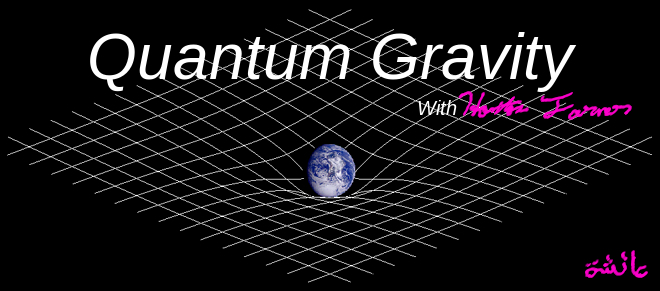Impressive research conducted at ETH Zurich did show that quantum entanglement applies to even macroscopic quantum systems. In that case, superconducting Qbits. They did not show that Einstein was wrong or causality does not exist at the quantum level. Despite media reports over the years, on various great experiments, to better test quantum entanglement, Einstein’s Relativity still stands and applies even at the quantum level. In fact, the standard model of particle physics, tied with General Relativity for best tested theory in all of science, requires this to be the case. While the causality at the quantum level is not like it is at the classical level causality still applies because quantum correlations do not contain information. A quantum version of "correlation does not imply causation". In the quantum case, because of the fact observation of a system changes its state, among other things.

At the most fundamental level it's all fields.
Media reports on anything to do with entanglement like to discuss it as information being transmitted faster than light. This is not the case at all. Here’s why: Quantum systems randomly shift their state all the time. They even change state when we observe them. So having two entangled qbits separated by a distance would not allow transmission of data. Neither would having multiple such qbits. What is required is a step to compare the qubits that involves transmitting a signal at the speed of light (or less) that carries this information.
The speed of light is not just the speed of photons in physics. The speed of light is really the maximum speed of information transfer; it is the maximum speed of causality. Exceptions to this mathematically exist within Einstein’s General Relativity, and there are some proposals that would explain entanglement as a quantum gravitational version of one of the mathematical possibilities known as a wormhole. Just a tiny one created by entanglement. This proposal is known as ER=EPR.
In brief, what makes quantum systems different than classical ones is that the act of measuring them changes them. The maximum we can know about a quantum system’s state are the probable states it can be in…but when we measure what state it is in…it will leap into another state.
Quantum field theory modifies this particle-based outlook. In QFT every type of particle is a local excitation of a continuous field. So what’s entangled are not particles but states of these fields. As these fields move beyond a distance where the light speed delay between them becomes non-trivial they remain correlated, of course, as they are just excited states of the same field. I can write on this at length, but instead I will link to this thorough explanation by Leonard Susskind
I will end with congratulations to Simon Stors, Josua Schar, Anatoly Kulikov and all the rest of the team at ETH Zurich who did this fantastic work. There will certainly be even greater things to come. Sadly news media will always lack nuance in reporting anything to do with Einstein and Special Relativity.
If you like my work, and want to help keep my lights on, please consider subscribing on Substack. There you will get the same writing usually before it appears here. Also go ahead and follow me here and read all our other great science authors.
References:
Entangled Quantum Circuits https://ethz.ch/en/news-and-events/eth-news/news/2023/05/entangled-quantum-circuits.html
Storz S et.al.: Loophole-free Bell inequality violation with superconducting circuits. Nature, 10 May 2023. external pagedoi: 10.1038/s41586-023-05885-0call_made



Comments